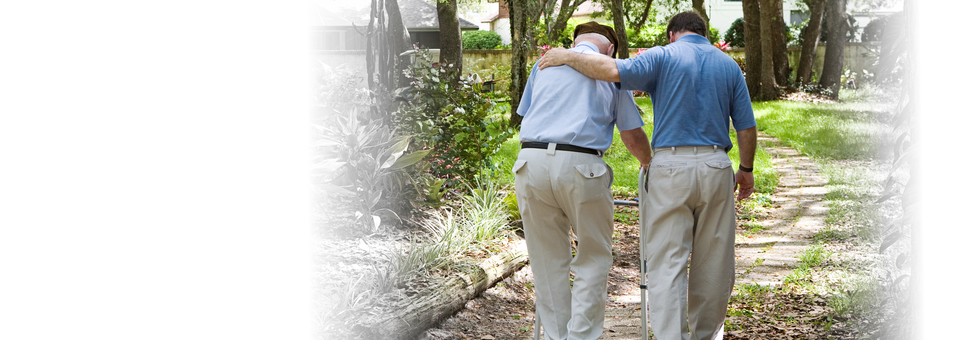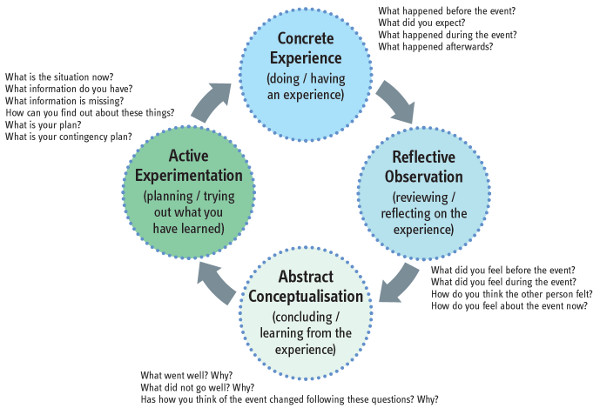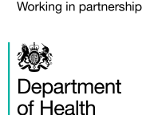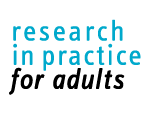 Critical reflection is an essential part of continuous learning and development. It allows you to turn experiences into learning that you can then use to improve your practice.
Critical reflection is an essential part of continuous learning and development. It allows you to turn experiences into learning that you can then use to improve your practice.
The tool below can be used on your own, in supervision or in a group to:
- Reflect on experiences of working with people experiencing coercive control
- Identify learning about good practice
- Consider how you might use that learning to improve your practice.
It is helpful to share your learning and ideas with others to gain support and to inspire them to consider their own practice.
Sourced from the Critical reflection tool of the RiPfA Practice tool: Getting the most out of supervision.
Critical reflection in supervision
The first aim of supervision is to improve the quality of decision-making and interventions (SWRB, 2010). Critical reflection is one way to achieve this and includes:
Identifying how we know what we know.
Breaking something down into parts.
Looking back at what has happened and looking forward to what will happen.
Identifying your impact on a situation (Research in Practice for Adults, 2012).
When you are dealing with a difficult issue or case, critical reflection can help you identify what you are doing right (so that you can learn from this good practice) and where you can improve your practice.
This tool provides example questions which can be asked in supervision to explore all four stages of Kolb’s (1984) critical reflection cycle to solve a dilemma.










